![The new Prusa MMU 2.0 mounted on a 3D printer [Source: Prusa Printers]](https://fabbaloo.com/wp-content/uploads/2020/05/image-asset_img_5eb0a768cdb13.jpg)
Prusa Printers finally released their long-awaited second version of their multmaterial upgrade.
Wait, second version? Yes, this release is to replace their first iteration, which was released to the public last year and abandoned a few months ago.
The reason for the sudden switch was a realization by Prusa Printers that the device was prone to jamming due to the design of the feed tubes. CEO Josef Prusa explains:
“We have bumped up the number of materials to five, decreased the number of extruder motors to one and got rid of multiple Bowden tubes, which proved to be problematic – there were issues with flexible filaments, proper retractions, and other things. Overall, the MMU1 was quite picky regarding filament quality. So instead, the new MMU 2.0 has a direct-drive feed and a motorized selector head with an integrated filament sensor that takes care of loading and unloading filaments. It’s pretty cool to watch it go. We know that the original multi-material addon was prone to jamming (also because of the Bowden system), so we decided to fix that.”
I quite admire this company for taking such a step. There are many other companies that would simply avoid the extra cost of redevelopment and potential embarrassment at a less-than-perfect product, but here Prusa Printers has stepped up. Their admission that the design wasn’t perfect and subsequent redesign does generate considerable trust in the company from the public and especially their customers.
Prusa explains some of the challenges involved in this switch:
“MMU 2.0 went through a few last revisions and several rounds of thorough testing. We were tweaking various parts, the firmware, Slic3r PE… We didn’t stick to our original schedule, but the changes we made in the last weeks were incredibly important. Even though it meant adding a few extra days of delay, we’re sure it’s worth it. It was a huge commitment – after all, the preorders are reaching almost 10.000 (upgrades from MMU1 included)! Wow! We’re planning to ship all these orders before Xmas.”
How does the new system work? It includes three stepper motors. One drives a clever cam shaft, which has five engagement points for each of the input filaments. By rotating the shaft, any of the filaments can be made “active”.
Another motor powers the “selector”, which chooses which of the five possible input filaments to use. And finally, the third motor actually pushes the filament toward the hot end.
You might be thinking this sounds a lot like a Bowden system, but it is not. The MMU 2.0 is an add on that does not remove the existing direct drive on the Prusa i3’s extruder. Thus the MMU 2.0 feed motor simply delivers the filament to the normal extruder, which does its work in exactly the same way it always did. This ensures identical quality on an MMU 2.0-equipped machine as you would expect on the normal single extruder machine.
The new MMU 2.0 has some interesting aspects.
One of them is an ingenious filament sensor that’s based on gravity and a ball bearing:
![Ingenious simple mechanical method for detecting filament [Source: Prusa Printers]](https://fabbaloo.com/wp-content/uploads/2020/05/image-asset_img_5eb0a76944f42.jpg)
In the image you can see that if a filament is present it will raise the ball bearing. But that brings it close to a metallic sensor (which Prusa Printers has named “F.I.N.D.A”, as it is a re-purposed P.I.N.D.A. bed sensor). This design accounts for semi-transparent filaments that baffled optical filament sensors.
Another very unusual feature is a blade that can cut filament tips so that they don’t jam during unloading. Something that happens occasionally is a blob of material appearing on the end of a filament that’s been yanked out of a hotend while it’s still soft. These blobs quickly harden and are sometimes too wide to pass through feed tubes.
Prusa Printers says that the new design is able to handle all common filament materials, such as PLA, ABS, PETG, etc., but also most importantly can handle flexible materials that often prove problematic in Bowden-style configurations where the floppy material must be pushed through long lengths of feed tube. The MMU 2.0 is a direct drive design that should overcome this issue.
With more than one filament you can also use water-soluble support material, which is quite important as it enables 3D printing of highly complex designs that would be otherwise problematic to print.
![Sample multicolor 3D prints from the Prusa Printers MMU 2.0 [Source: Prusa Printers]](https://fabbaloo.com/wp-content/uploads/2020/05/image-asset_img_5eb0a76999c61.jpg)
One very interesting side effect is that you can load the five input filaments with the same material and use them as if it is a single supply of filament. If a filament out situation is detected, the firmware will swap to the next input and continue. This would eliminate many failed prints and reduce manual operator intervention significantly.
Prusa Printers says that you 3D print on an MMU 2.0-equipped Prusa 3D printer in much the same way you’d print with a single material. The MMU 2.0 does all the filament switching for you, if you choose to engage it. The fact that only a single nozzle is used makes this approach superior to many other multimaterial designs where you must precisely align separate nozzles to obtain quality results.
While this accessory does enable printing in multiple colors and even material types, it does not allow for mixing of colors, as only one filament hits the hotend at a time. For mixing colors you’ll need to acquire a different multimaterial solution with a mixing nozzle.
There is some inadvertent mixing taking place, however, as filament “1” will always leave a residue in the hot end for filament “2” to encounter, resulting in a momentary mix of materials. Their slicing software takes this into account by doing a “wipe” process before resuming printing and essentially disposing of the corrupted material offside somewhere.
However, a new feature is the ability to deposit this wipe material as infill within the print itself. Infill typically does not have a requirement for color and so dumping it there eliminates some waste and speeds the print process. This is a very good idea.
![A Prusa MK3 with MMU 2.0 mounted on top [Source: Prusa Printers]](https://fabbaloo.com/wp-content/uploads/2020/05/original-prusa-i3-mk3-multi-material-upgrade-kit_result_img_5eb0a769f240d.jpg)
Prusa Printers now offers the MMU 2.0 for sale to the public as a kit. It must be assembled and installed on a Prusa MK2.5 or MK3 device, so some Prusa 3D printer owners may have to do a pre-requisite upgrade first. It’s priced at US$299, but there are discounts available for particular types of previous buyers.
At that price, it seems a no-brainer to get all this additional functionality.
Via Prusa Printers

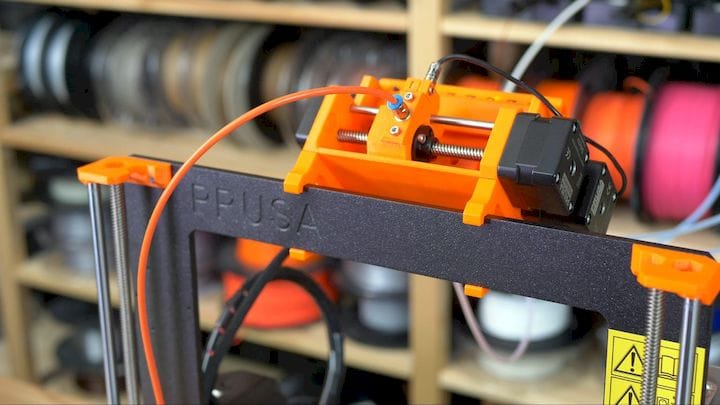
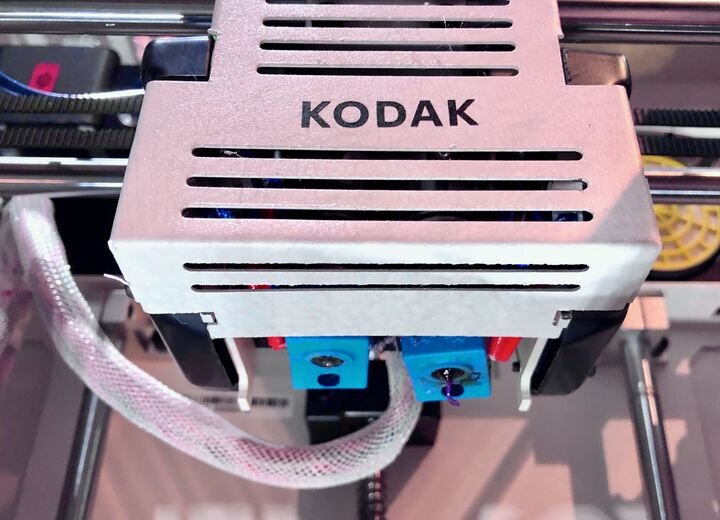

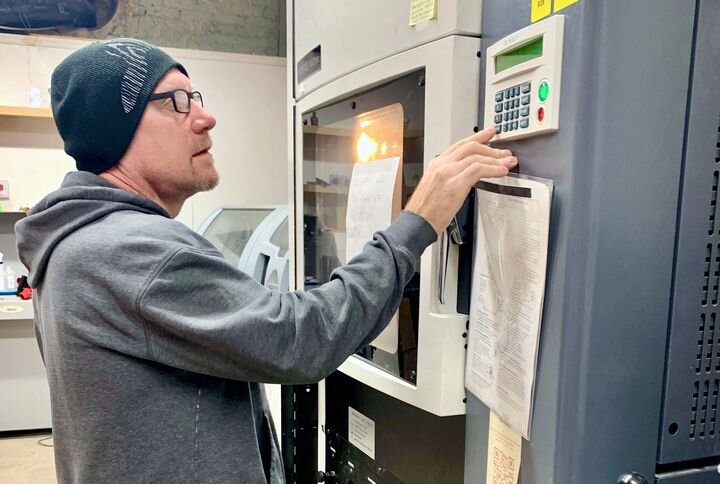
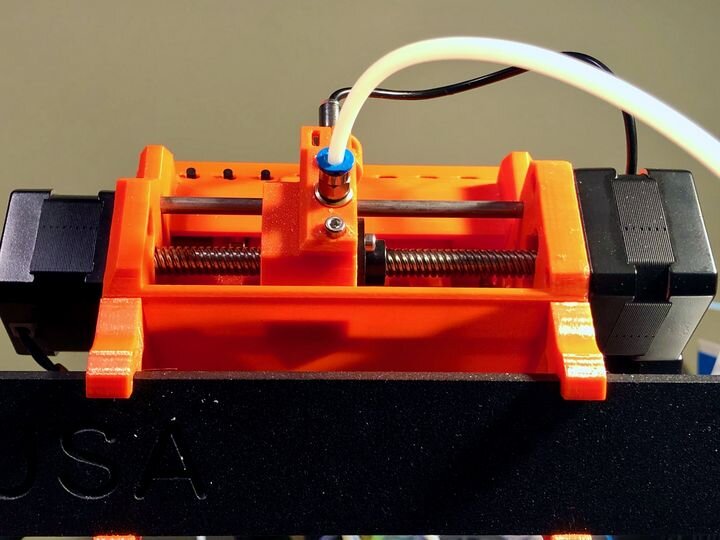
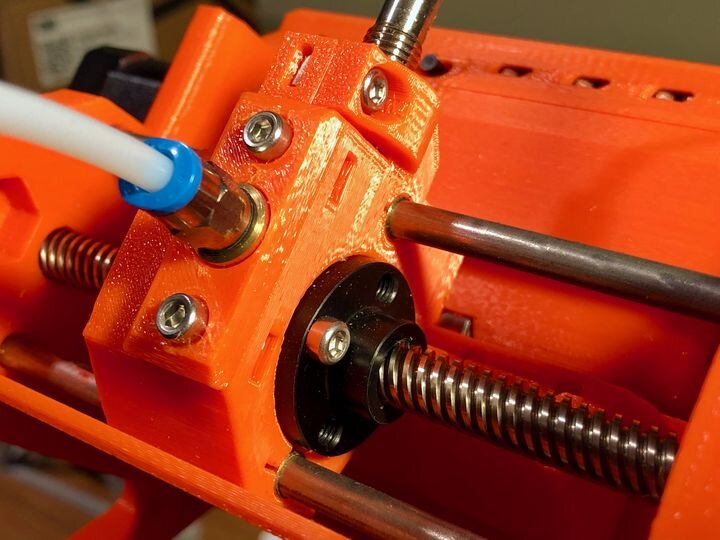
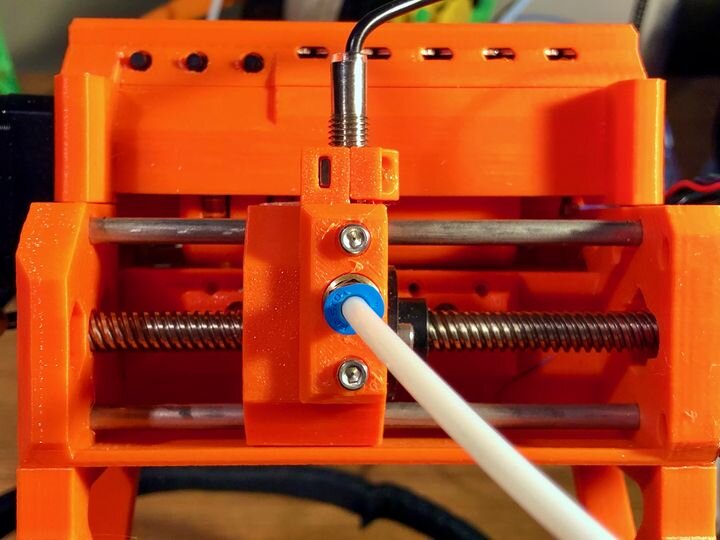
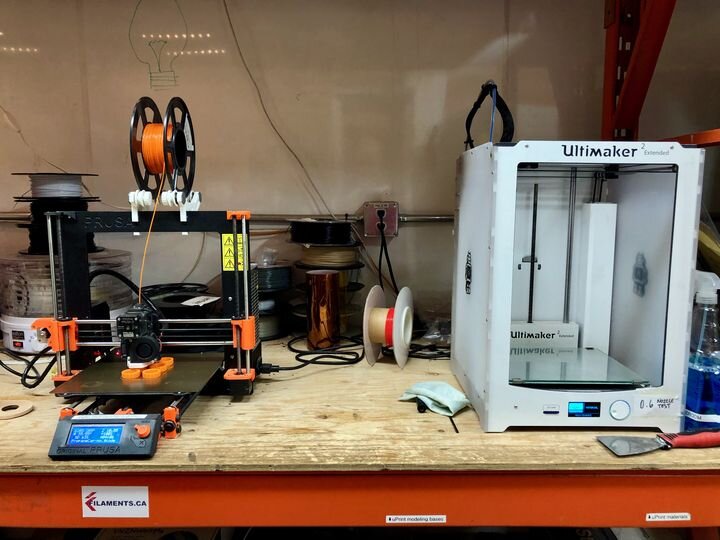
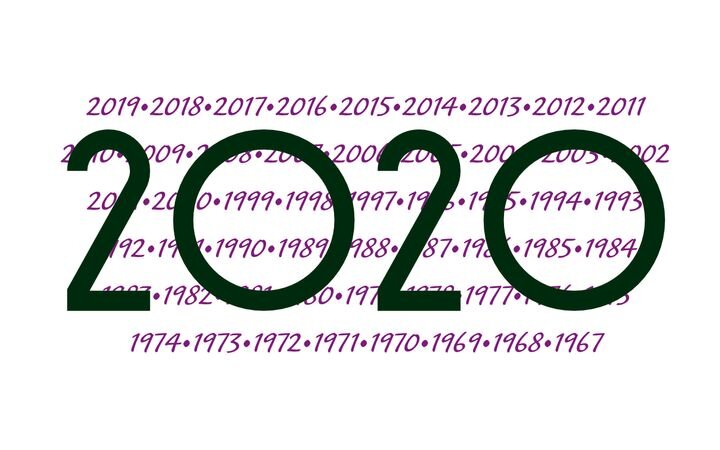

The fate of major 3D printing conferences in 2020 is unclear with the ongoing virus outbreak. We have thoughts on what it could mean.